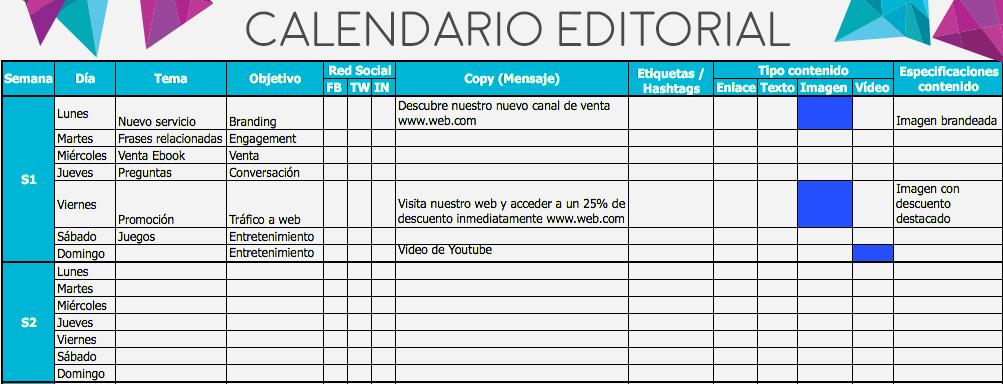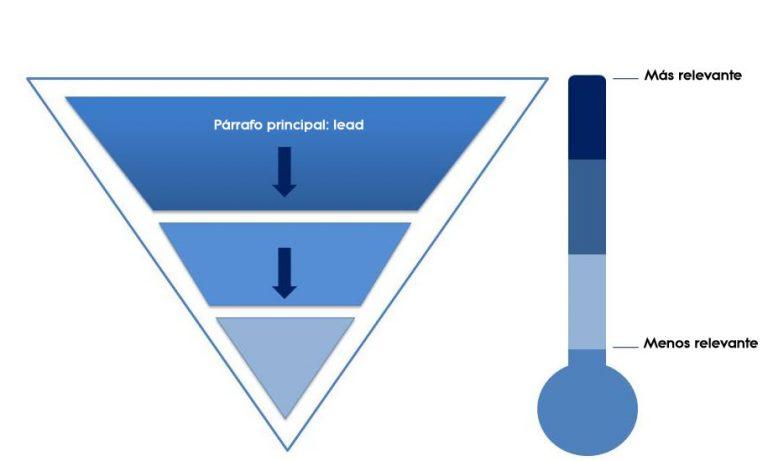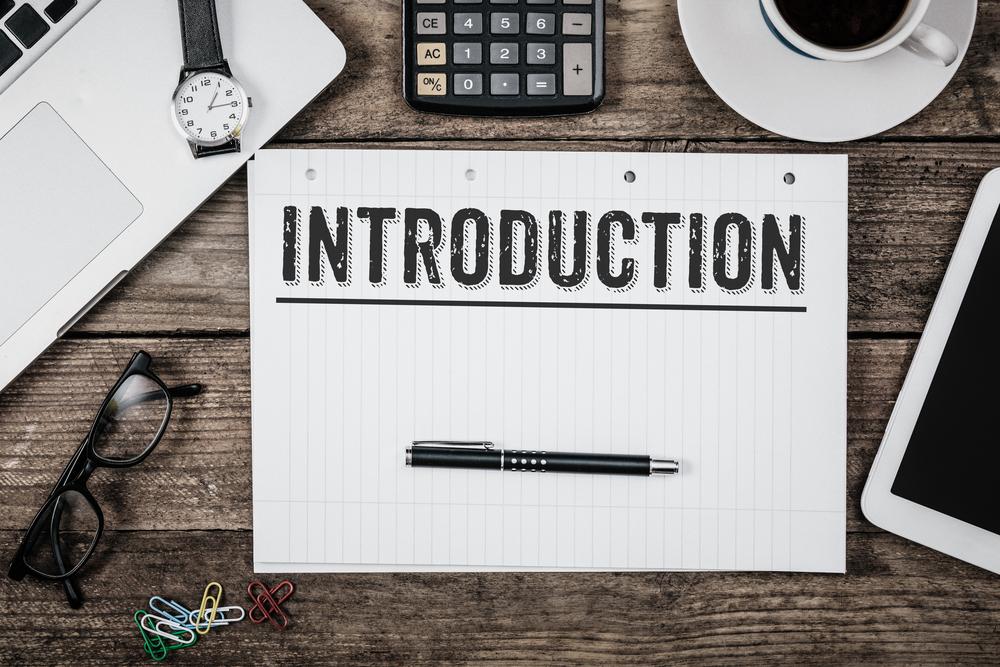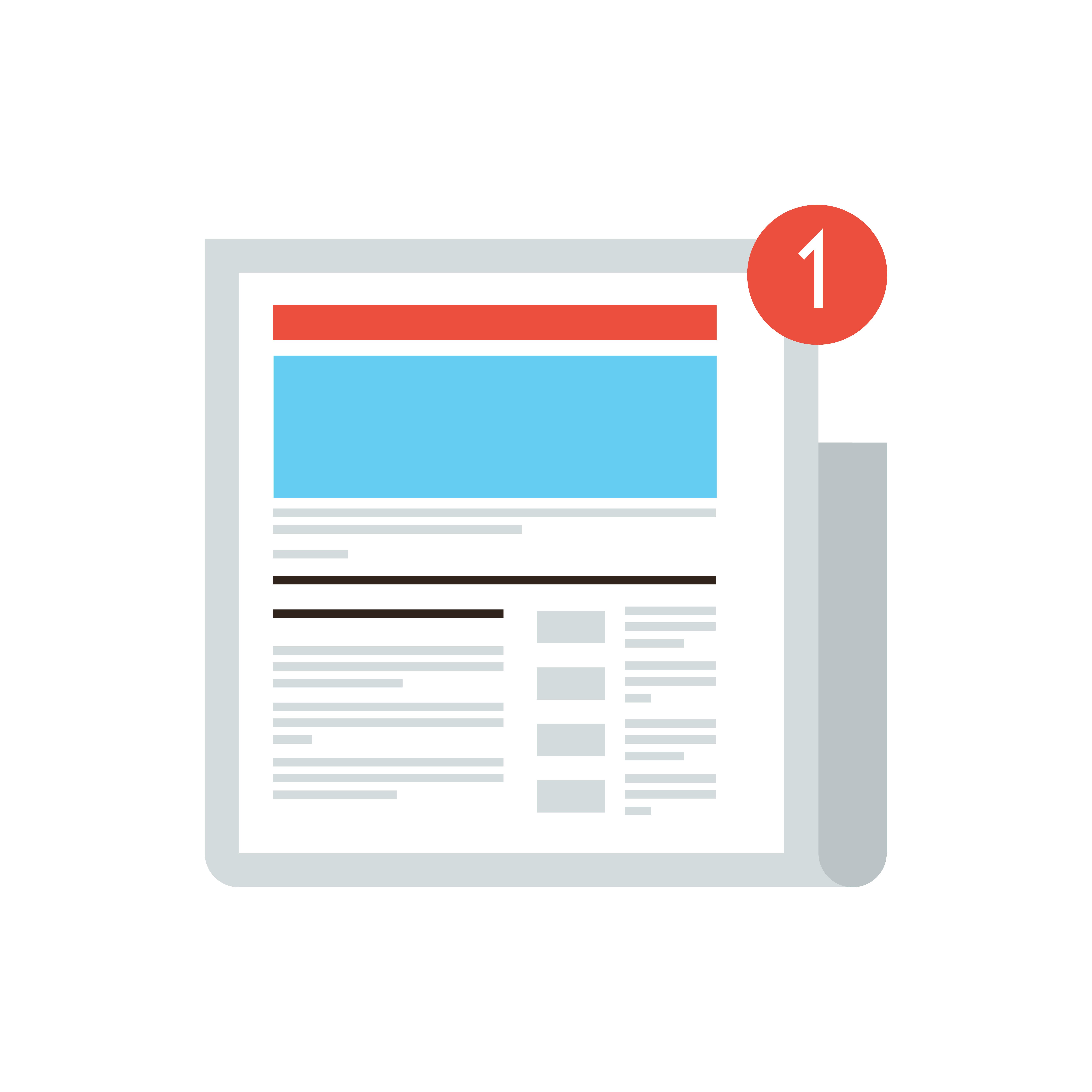How to write a blog: 10 steps to hook your potential clients?
How to write a blog: 10 steps to hook your potential clients?
Writing good blogs guarantees five times more traffic to your website and more leads

Every day an average of 2.5 million blogs are published around the world. That number is huge and indicates two things: the blogging business really works and the competition is fierce. So if you want to learn how to write a blog that doesn’t get lost in mountains of recycled content, we leave you this 10-step guide.
The good news is that, statistically, Latin America is a growing niche. According to the Live Activity Monitor in WordPress (the most used CMS in the world), only 4.7% of the publications are in Spanish. So there are good positioning opportunities.
Although that does not mean that it is fast, much less easy.
Why is blogging profitable?

Before we get down to business, we will bring to the table some interesting statistics gleaned from Hubspot and MOZ .
✔ More than 409 million users read blogs every month.
✔ 80% of users are new.
✔ If you post 5 times a week, the traffic is multiplied by 5.
✔ Post with more than 1500 words, attract more backlinks (improves SEO positioning).
✔ Articles defeat advertisements: Users believe more in businesses with a blog.
✔ Leads are multiplied by 5X: They transform traffic into prospects.
✔ Having a blog helps establish authority.
✔ The more updates the website has, the better its position in Google.
So there are no doubts: the best way to get good prospects is to write quality blogs.
And we will not tire of repeating it: if your content is a replica of everything on the internet, users will not read it.
How to write a blog that generates organic traffic in 10 steps
Now that we are clear about the importance of creating good content, let’s move on to the next step: How to write a blog that generates organic traffic.
1) Who are your readers?

To begin, we must define our target audience. And for this we need to have complete clarity about the objectives of the blog. Broadly, it can be any of these four:
✔ Specify an Inbound Marketing strategy
✔ Inform, educate or entertain to generate income from Google Ads monetization
✔ Position an ecommerce to obtain commission income or direct sales
✔ Publish independent content, non-commercial purposes
In this article, we are going to focus on the first type of blog. So, following the best practices of Inbound Marketing , we already have the profile of our Buyer Personas. And basically, that will be our target.
What is the target audience for?
The question is never too much: having our target audience well defined allows us to personalize the content. And therefore, penetrate the audience faster.
Let’s see it with an example: We cannot use the same language or tone in a fashion blog, aimed at teenage girls, as in another about babies, for mothers over 35 years old.
The target audience serves as a compass to the content writer, so that the articles truly connect with the user’s needs.
2) Editorial calendar: General topics and specific content

Some clients have come to us concerned because they have a blog, but their organic traffic is not increasing. When we dig into the subject, we find the following common mistakes:
✔ They post only once or twice a month
✔ They replicate content they find on other internet pages
✔ They do not optimize content for SEO positioning
✔ Articles are poorly structured
✔ They do not know how keywords are identified and used
In short, they do not have a content strategy nor do they follow an editorial calendar.
If this is your case, we recommend you read our post on how to create a content strategy from scratch and also this other on how to do a keyword study (Keyword Research ).
An editorial calendar not only allows the Content Manager to land the keywords provided by the SEO Analyst, but it also helps to organize and plan content for each stage of the Buyer Journey and set the publication date.
What information should an editorial calendar have?
✔ Thematic of the article
✔ Title
✔ Keyword and search volume
✔ Buyer person
✔ Buyer Journey stage
✔ Publication date
✔ Status
Some can be much more detailed and include:
✔ Objective of the article (entertain, attract traffic, engagement)
✔ Additional content (Images, Infographics, videos)
✔ Social networks where it will be promoted
✔ Copy
Generally, this step and the previous one are the responsibility of the Content Manager. The copywriter must care about meeting editorial calendar assignments, creating quality content, and optimizing posts with SEO.
However, we have considered it necessary to mention both processes to know the complete work required to produce content for a blog.
Without these previous steps, the following would not have the strategic basis necessary to meet its objective.
In other words, we would end up published by publishing.
3) How to write a blog that users want to read: The inverted pyramid
Now, let’s get down to business.
We are going to face the first and hardest of all realities: few users read everything we write on a blog.
A recent study by engineer Jakob Nielsen , a web usability guru, revealed that 79% of users scan text before choosing whether to read it. They follow the F pattern.

The image shows the sections of the text that get users’ attention at first glance. Basically, they focus on the first few paragraphs, subheadings, lists, and bold highlights.
So we must develop a text that is not only of quality, but also capable of retaining the readers’ attention when they enter the blog.
How do we do this?
Journalists, you can dust off your old college notebooks. But creative copywriters tied to digital marketing, pay attention. I will explain the fundamental basis of printed articles: the inverted pyramid.

The inverted pyramid is designed to catch the reader on their first scan. So he concentrates on answering five fundamental questions: What? How? When? Where? and because?.
The first paragraph is known as the lead and serves as a short summary that answers two or three of those questions. In this way it plays with the curiosity of the reader and leads him to the next paragraph.
The inverted pyramid trick is simple: The most important information should come first.
4) Write the introduction that you would like to read

As we indicated in the previous point, the first paragraph is the key to retain the public. However, few writers spend enough time on it.
Obviously, it takes a lot of reading and practice to hit an attractive first paragraph right off the bat. But here are the main characteristics of a good introduction:
✔ It must be short, no more than 4 lines.
✔ Answer at least three of the five main questions the reader asks himself.
✔ Try to connect with the user’s needs, describe their problem
✔ Close by stimulating curiosity, giving an outline of the solution.
✔ Highlight some keywords
✔ Use simple language, easy to read and understand
5) Three-line paragraphs (synthesize)

Now let’s say this first paragraph meets all the good practices of a successful introduction and holds the user back. But when you move on to the next few lines, you run into very long blocks of text, with no visual breaks or concrete ideas.
Rest assured that you will lose a prospect.
For a light, fluid and comfortable reading, you have to synthesize the ideas.
Work with paragraphs of two to three lines. Sentences no longer than 20 words. Simple and concrete ideas.
Use subtitles to divide your text and indicate to the user the most important of the following paragraphs.
6) Bold and bullet points are your best friends
Most of the articles that Google ranks on your first page have more than 1500 words. But how is that possible, if users shy away from very long texts?
There is a way to make up the length of the articles: with bold and bullet points.
These resources will be your allies. Readers scan the article before reading it and the first thing they check (after the first paragraph) are the subheadings and lists.
This will tell you if the content actually answers your questions.
7) Added value: Includes infographics and / or videos

At this point, we already have a good introduction, quality content, and a well-developed text. But we must face a second reality: there are probably another million articles like ours.
How can we differentiate ourselves from the rest ?: Adding visual elements.
The use of images and infographics not only capture the user’s attention faster, but also increase the time spent on the blog. In fact, video is one of the formats that has gained the most popularity between 2019 and 2020.
90% of prospects say that a video helped them make the purchase decision. Blogs with this resource see their CTR grow by more than 95% and landing pages generate 80% more conversions when they include videos ( 40 from Fever ).
Statistically speaking, the blogs that use these elements have a better position in Google than the others.
8) The closing is as important as the introduction
Another paragraph that does not receive the importance it deserves is the closing.
Users appreciate any facility they find on the blog. If you close the text with a summary of the content or with a very original copy, the user will have a better experience. And therefore, they are more likely to share it.
9) Pick a good title

Many place this step at the beginning. But those of us who are dedicated to writing know that the best title is born last.
Throughout this post, we learned the keys to retaining the public. But this will only be possible if we attract the right traffic.
An original, attractive and accurate title is the secret to attracting readers.
The main characteristics of a good title are:
✔ Write what you would share if you saw it on a social network
✔ The title must be concise
✔ Not too short, not too long
✔ It has to be attractive and hooked
✔ Must include the keyword
✔ If it’s funny, the better
✔ The title creates excitement. Make users want to read more.
Here are some ideas that are trending:
Titles that begin with “How to …”
How to write a blog that hooks your potential clients
Titles beginning with “Guide to …”
Complete guide to creating ads on Facebook
Titles beginning with “Why …”
Why no one reads my blog: 5 possible causes
Titles that begin with “Tips for …”
Tips to start your business from scratch
Titles that start with “The best”
The best image banks for your posts
Titles containing numbers
10 political scandals that convulsed Peru in 2019
Titles that have the words: tools, applications, resources.
15 tools to optimize your website
Titles that have the question: What is …?
What is SEO? Techniques and tips
Titles including “The definitive, weighty, debatable”
11 compelling reasons to do Email Marketing in the company
Titles that have the words: “Types of … // Examples of …”
22 types of posts that work on a blog.
10) How to write a Google-friendly blog: Applying SEO

Last but not least: our article must be optimized for SEO. On this subject we have developed a guide with the best tips to create articles that conquer Google.
How to Write a Successful Blog: Watch Your Spelling!
It never hurts to emphasize this point. Bad spelling makes the business less serious. This is one of the fundamental reasons to hire a copywriter and not leave the blog in the hands of other professionals.
Remember that you write for people
It may seem like unnecessary advice, but it is not. Some bloggers are hardwired to write SEO content and forget that the key to writing good articles is thinking about your readers.
Also, let’s not make the mistake of being too technical or complex. Many times a text can enchant us, but it will not necessarily be easy for other people to understand.
So it is important to think at all times: will my audience understand what I am explaining?
Asking for a second opinion never hurts.
In short … How to write a successful blog?
✔ Study your Buyer Personas.
✔ Create an editorial calendar.
✔ Establish a structure: define subtitles always considering the inverted pyramid.
✔ Write an engaging introduction
✔ Your paragraphs should not exceed 4 lines.
✔ Sentences must be less than 20 words.
✔ The conclusion has to leave a clear message.
✔ Add added value: Infographics and videos.
✔ Choose a title that generates curiosity.
✔ Remember SEO optimizations, but without losing focus on your target audience.
✔ Take care of your spelling.
✔ Write in simple language, with clear ideas and examples that connect with the user.







